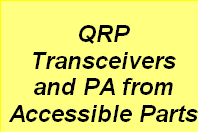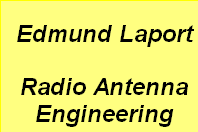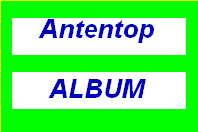


Antentop is FREE e-magazine devoted to Antennas and Amateur Radio an
Special page devoted to
Old Receiving Magnetic Loop Antennas

Custom Search
|
ANTENTOP-
02- 2004, # 006
|
Old
Receiving Magnetic Loop Antennas |
||
|
|
|||
|
|
|||
switched to
the feedline instead of crosspieces between clamping contacts K1K2
and K4K5. These contacts were established inside the box. Feedline
contacts K3K6 were installed at a cheek of the box.Basket Magnetic Loop Antenna
Basket
loop antennas were earlier so popular because, in the first, ever
a radio amateur having a minimal experience of designing easily
can make this one, in the second, a basket loop antenna can be
made of any improvised material, and in the third, a basket loop
antenna made even in home conditions works very effectively. The
essence of the design of a basket loop antenna is that at its
winding the step between turns is constant and equal to the diameter
of the used wire (practically this step even bit more). |
 Figure 3 Small-sized
receiving loop of a rural Broadcasting Radio Center |
||
|
A
coil, which has been reeled - up with such step, has rather small
own parasitic capacity of turns to each other. It is possible
to show, that the more parasitic own capacity of a coil is the
less its Q is (see, for example, reference [3]). So, at a small own capacity a loop has
high Q. There
are several basic points to pay attention at design of a basket
loop antenna. A basket loop antenna can be reeled up on a plate
from any dielectric stuff having small losses on frequencies where
the antenna works. A basket loop antenna of LW- MW ranges can
be made of a cardboard, wooden plate, PC- board, getinaks or ebonite.
Pay attention, that some grey cardboard made of so-called "not
washed" recycling paper (a paper |
that is not washed off typographical paint) can have a big losses at LW- MW ranges, at least, in a microwave this cardboard is strongly heated up. Certainly, do not use the grey cardboard for a form of a basket loop antenna. Odd number slots are made in this dielectric plate, the more slots are done, the winding has more density Number of turns and sizes of an antenna form are depended on frequencies range used. |
||
|
|
|
||
|
Page 89 |
|||
 |
 |
 |
 |
Just for Fun:

Powered byIP2Location.com
Thanks for your time!
Last Updated:
February 23, 2020 21:05




